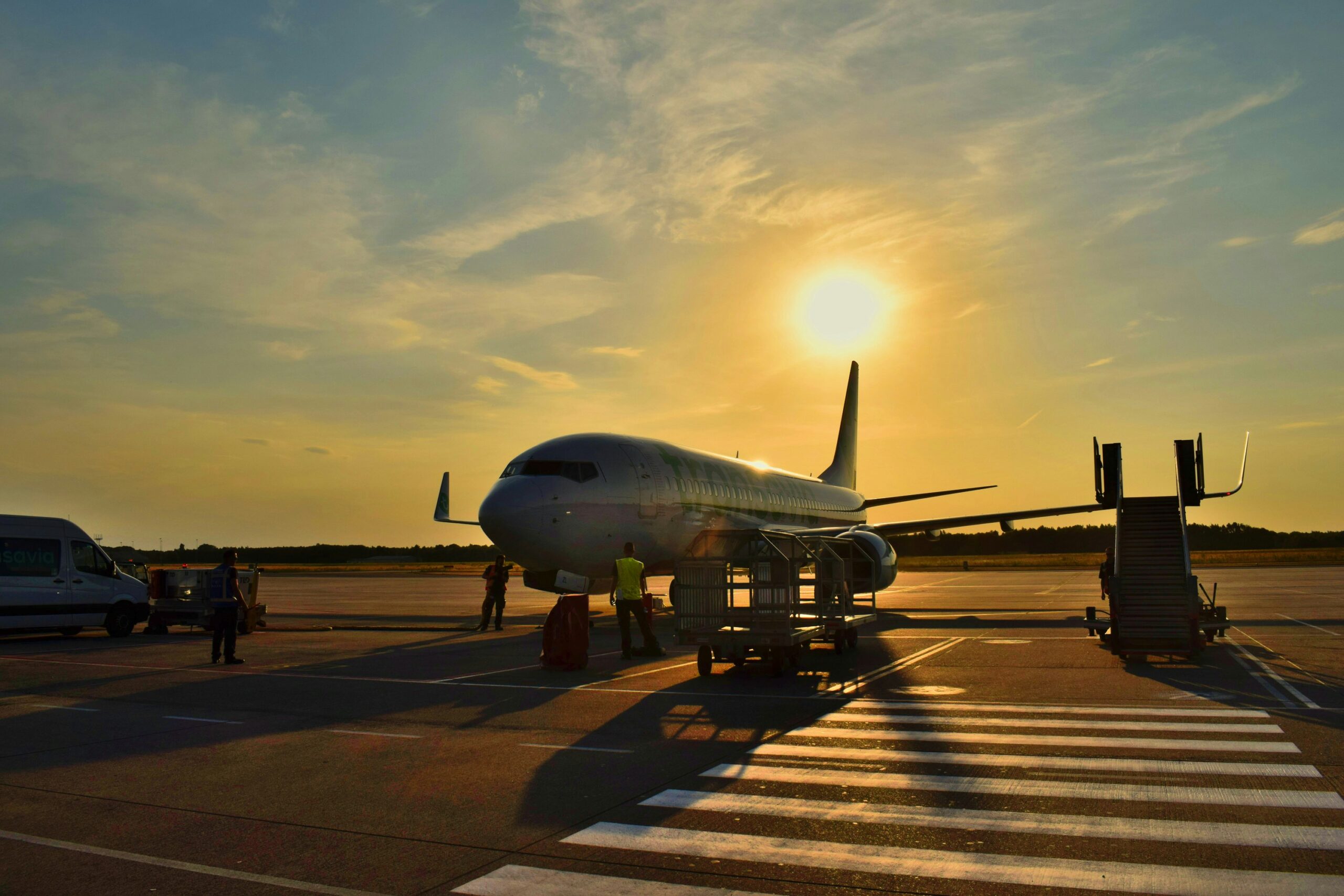Japan Airlines experienced major disruptions on December 31 as severe snowfall hit northern Japan. This storm struck right as families were preparing to ring in the New Year. As a result, Japan Airlines canceled 42 flights to and from Hokkaido, Japan’s northernmost island. Nearly 6,400 passengers were left stranded, creating a travel nightmare. Similarly, ANA also canceled flights and warned of further delays, heightening the stress for travelers.
At New Chitose Airport in Hokkaido, long queues formed as passengers scrambled to find alternatives. Many had no choice but to wait in the airport, hoping to catch a flight. Meanwhile, snowfall in parts of Hokkaido reached over 20 centimeters, and conditions worsened as the storm continued. Forecasters predicted more snow and strong winds through New Year’s Day, further complicating travel plans.
This snowstorm adds to Japan’s series of extreme weather events this year. Summer 2024 recorded the highest temperatures on record, and autumn became the warmest season in over a century. The lack of snow on Mount Fuji until November highlighted the country’s struggles with climate change. Consequently, these intense weather events are causing more disruptions, and many fear this pattern will persist.
Now, Japan Airlines and other airlines are facing an uphill battle. Thousands of travelers are forced to deal with delays and cancellations. As the storm rages on, local communities also brace for ongoing challenges. It’s clear that the country must prepare for more extreme weather in the coming years. Travelers planning to visit northern Japan should stay informed, as further disruptions seem inevitable.
In the wake of this chaos, Japan Airlines, along with other services, is working to manage the situation. However, it’s a stark reminder of how unpredictable and challenging the weather can be. Travelers hoping to visit northern Japan in the near future must stay vigilant about potential delays. Ultimately, the industry will need to improve its response to extreme weather.
Related stories:
Catch up on the top stories and travel deals by subscribing to our newsletter!












Leave a Reply